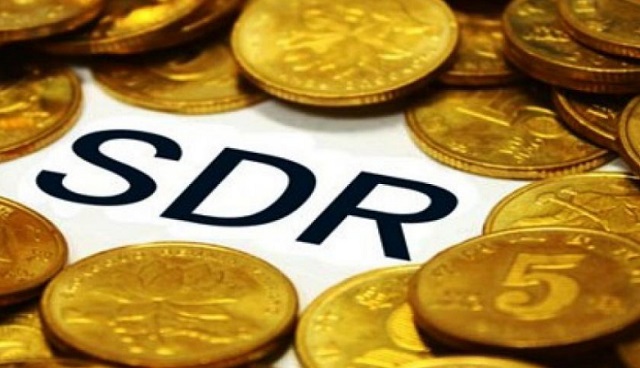
How the continent can seize the moment and start resetting its relationship with the international financial institution
| DANNY BRADLOW | The International Monetary Fund (IMF) has injected $650 billion in Special Drawing Rights into the global economy. It will allocate them among its member states, which can then decide for themselves how they want to use their Special Drawing Rights.
This injection, which took place on August 23, 2021, is more than double the total number of Special Drawing Rights the IMF has ever issued and is equal to about 5% of total global reserves.
The IMF will allocate the Special Drawing Rights among its member states based on their quotas, which are determined by the size of a country’s economy and its role in the global economy. Therefore, about 60% of these funds will go to rich countries that do not need them. African countries will receive $33.6 billion, with the lion’s share going to the five largest economies on the continent – South Africa, Nigeria, Algeria, Morocco and Egypt.
The IMF and many countries recognise that this division of the new resource is both inequitable and inefficient. They are talking of creating a mechanism for reallocating some of the funds – an amount of $100 billion is mentioned – to developing countries. If done effectively; the reallocation could help African countries deal with COVID-19, climate change, and their many other economic and social challenges.
It is also an opportunity for African countries to begin reforming their relationship with the IMF. But this will require them taking the initiative to ensure that the reallocation mechanism is fully responsive to African needs and is accountable to Africans.
To understand what Africa needs to do, it’s helpful to review the history of Special Drawing Rights.
A short history
In 1969, the IMF member states authorised the organisation to issue Special Drawing Rights. At the time, the leading member states were becoming concerned that countries might not be able to obtain enough dollars to meet their trade and financial needs, which would adversely affect the global economy. They thought Special Drawing Rights could help overcome this shortage.
To encourage states to hold Special Drawing Rights, they decided that there would be no policy conditions attached to their use. However, in order to ensure that countries would not use Special Drawing Rights imprudently, they decreed that their use would carry an interest charge.
The membership also decided that the Special Drawing Rights would be allocated to the members according to their quotas in the IMF. This meant that the majority would always go to the richest and most powerful IMF member states, which were unlikely to actually use them. Their use was also restricted to transactions with the IMF, other IMF member states and any other organisations that the IMF explicitly authorised to hold Special Drawing Rights — today there are 15 such organisations.
Special Drawing Rights have not played a major role in global finance over the past 50 years. One reason is that the IMF had the financial resources and bargaining power to convince states to adopt policies that made it unnecessary to issue new Special Drawing Rights.
This is now changing.
Comparing the IMF’s role in the 1982 sovereign debt crisis and its role in the current COVID pandemic helps illustrate the changes.
The post Africa and the IMF appeared first on The Independent Uganda:.
from The Independent Uganda: https://ift.tt/3yvB1Jk
0 Comments